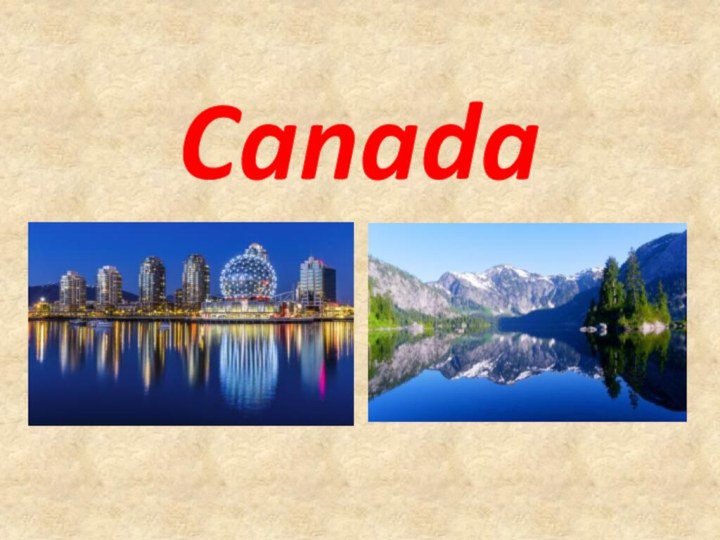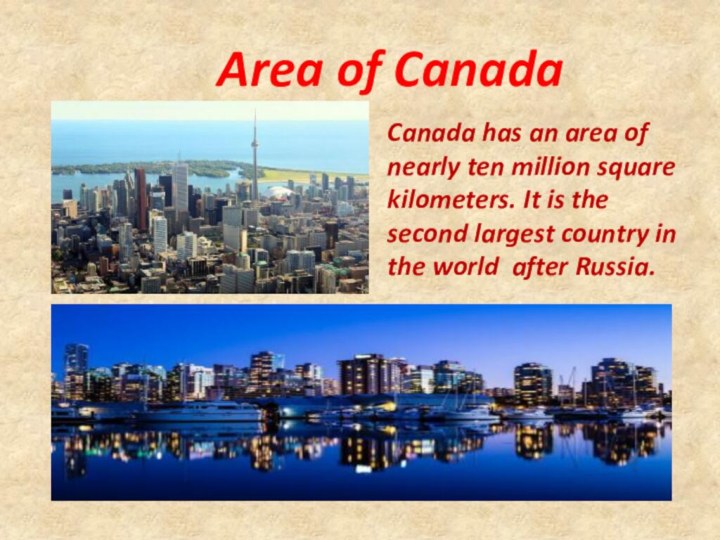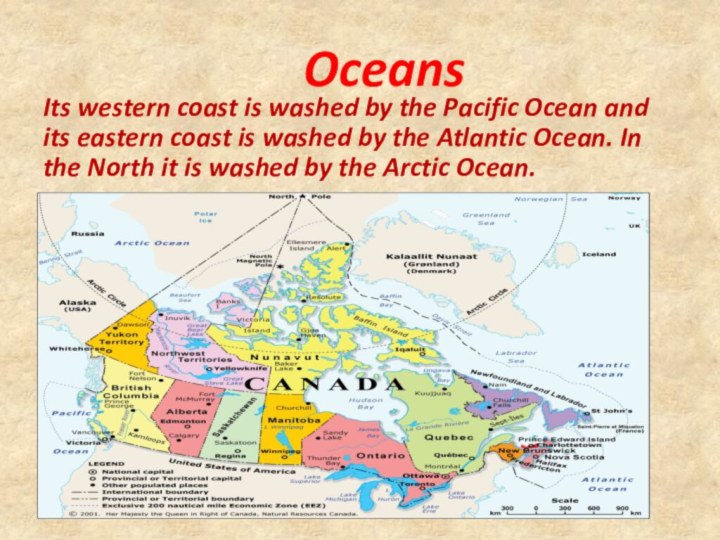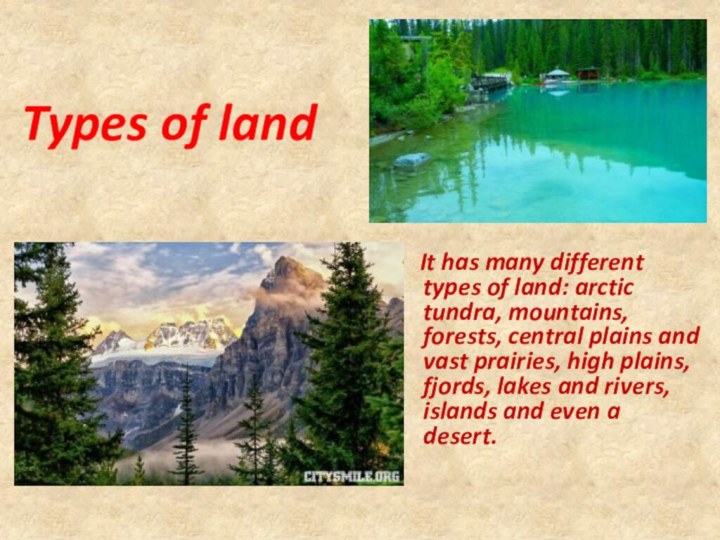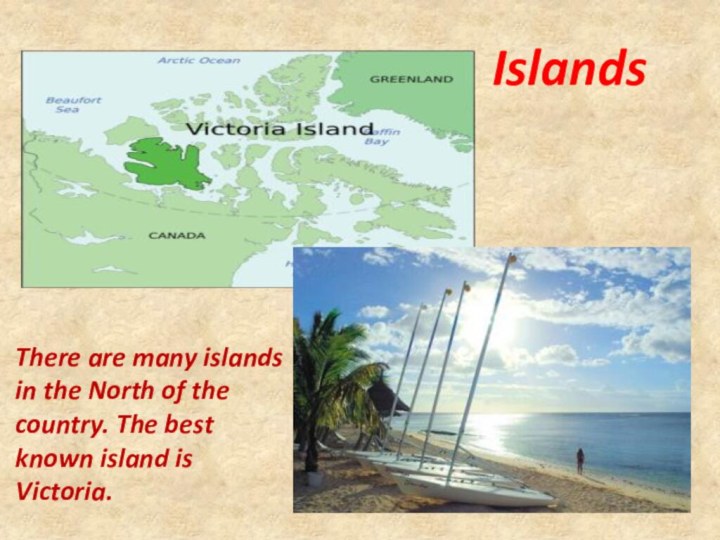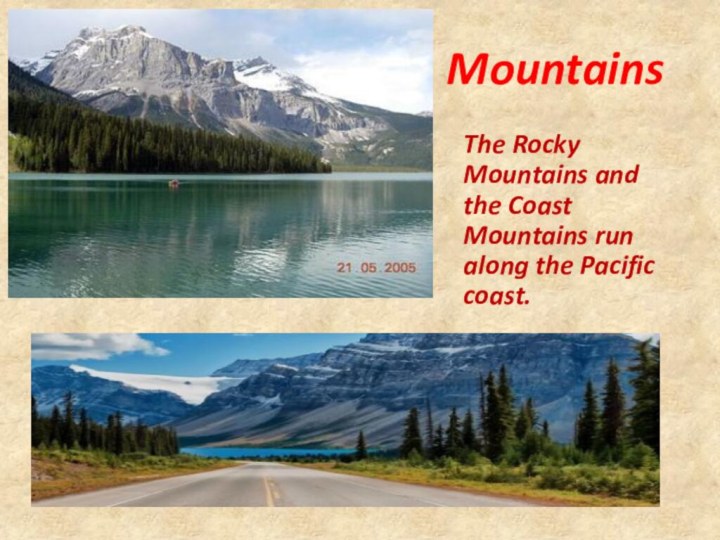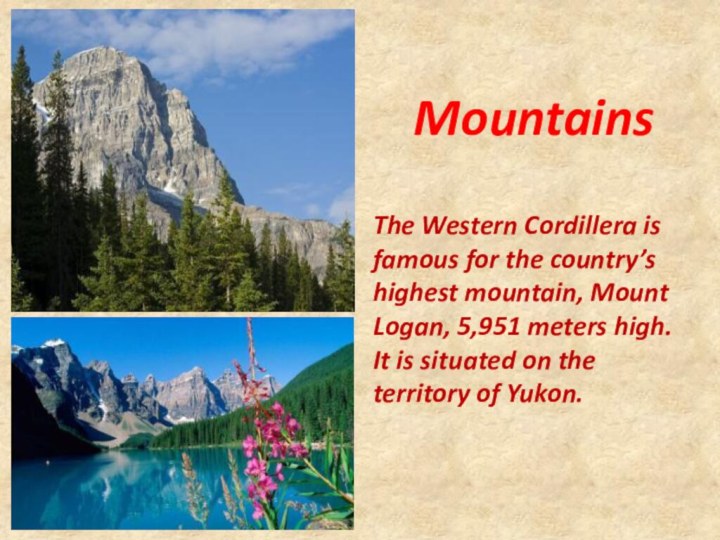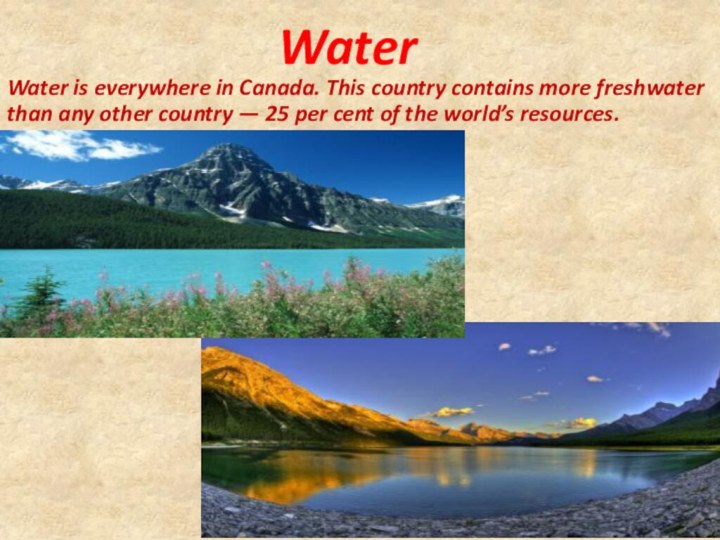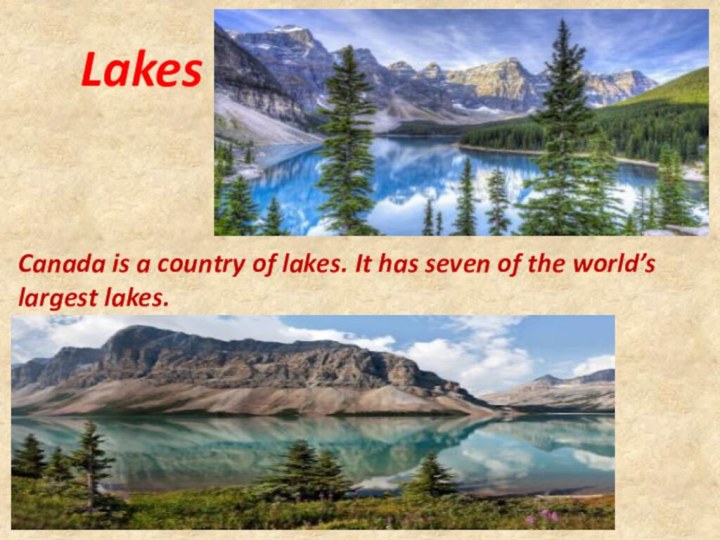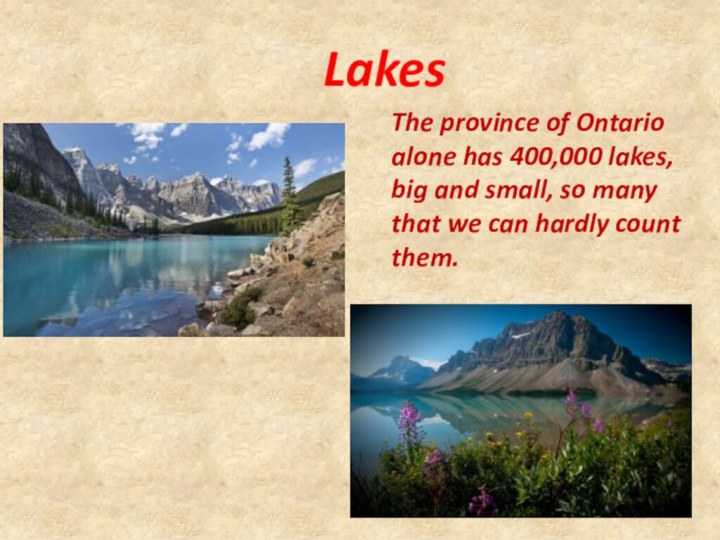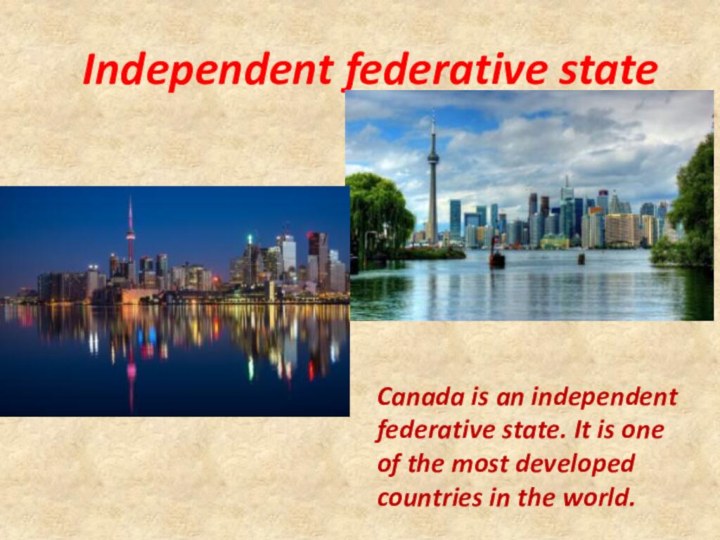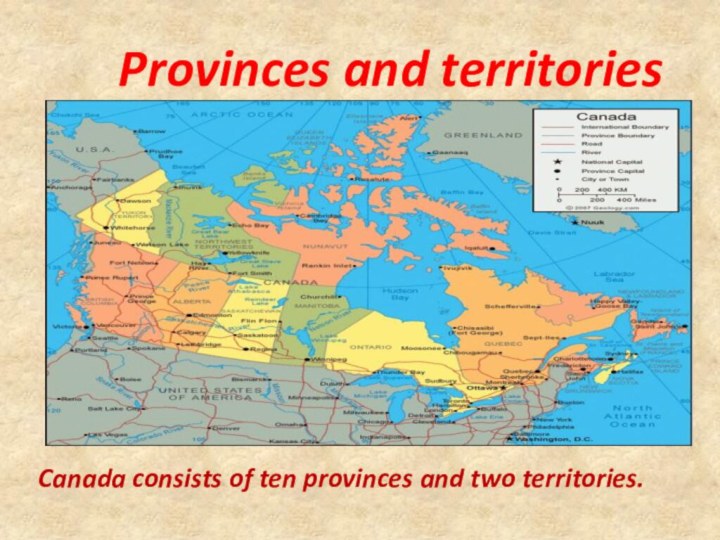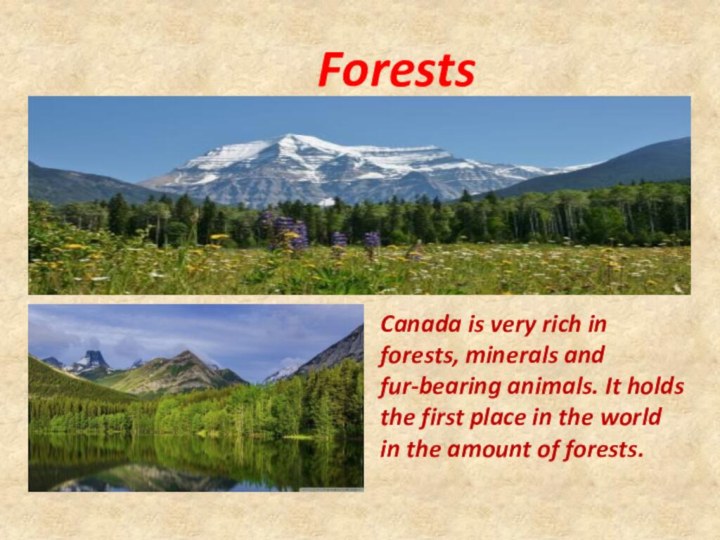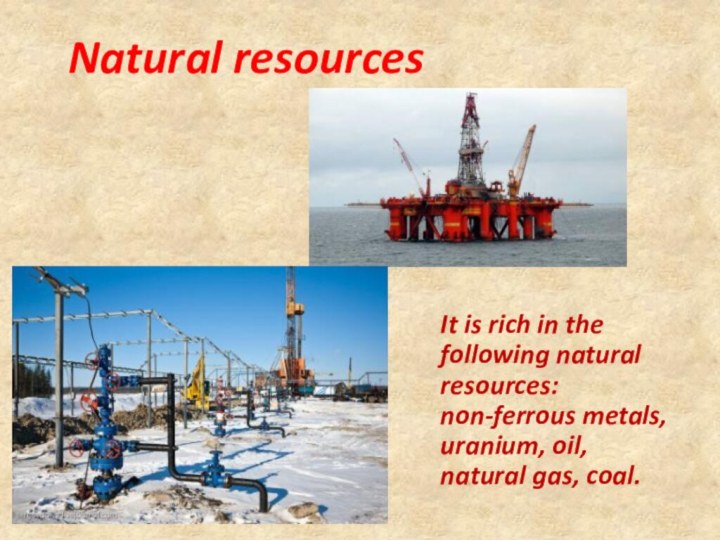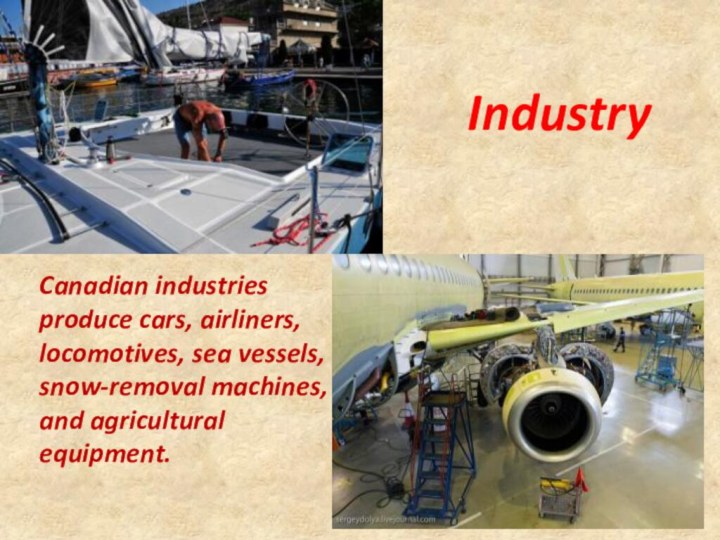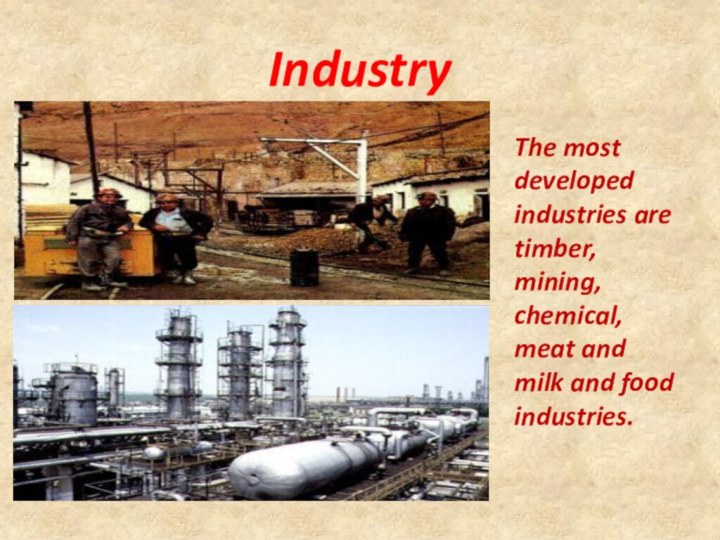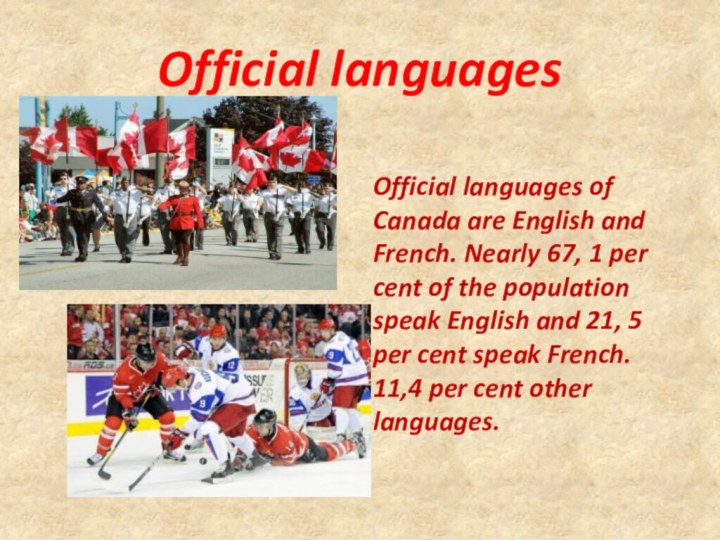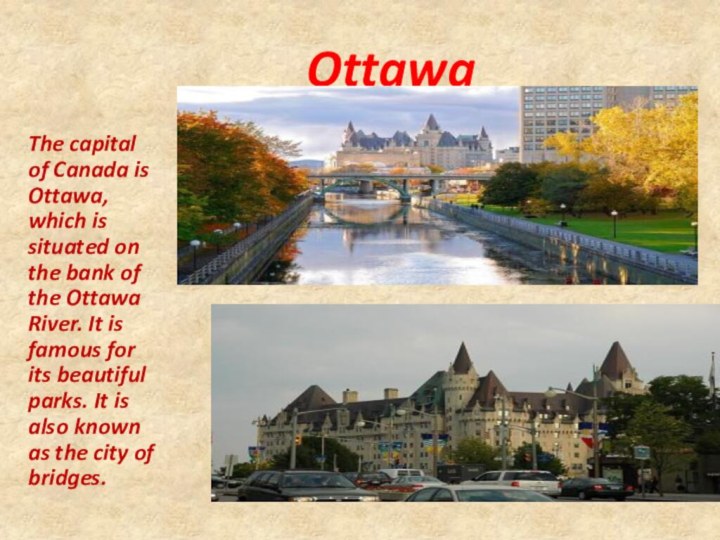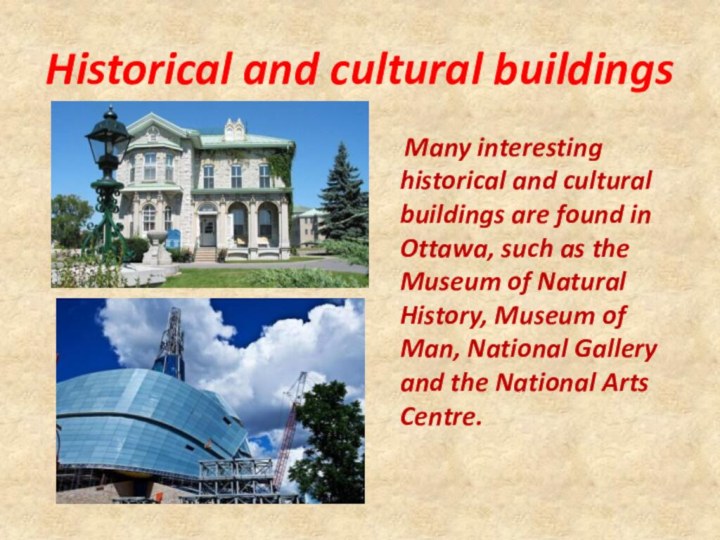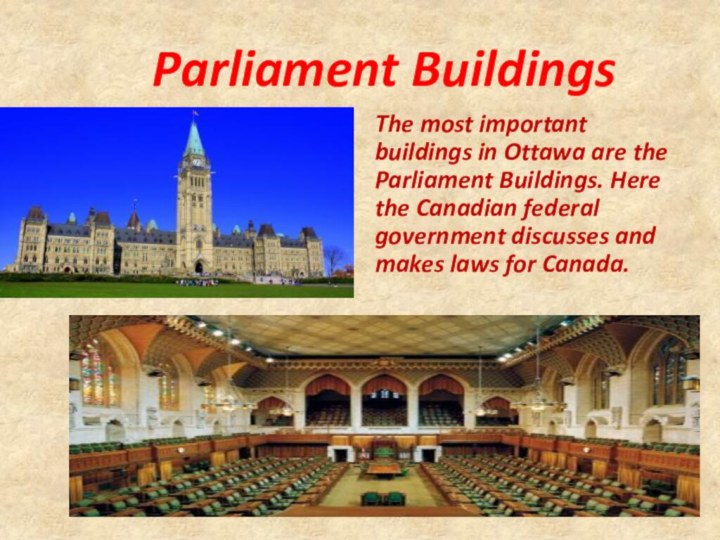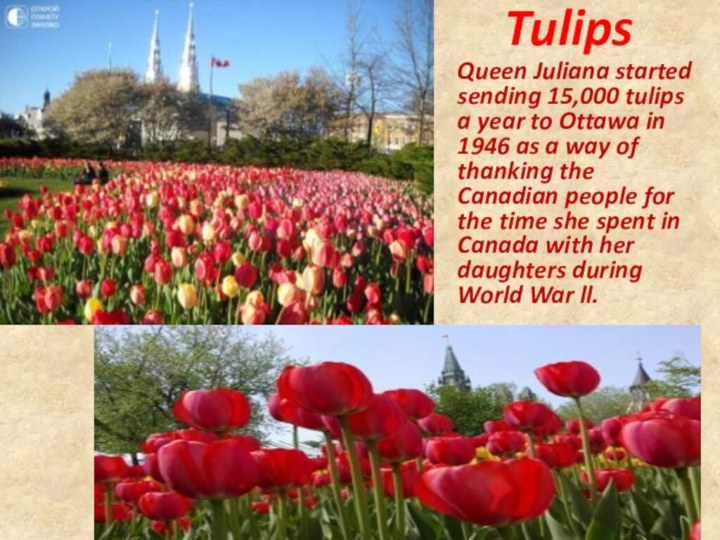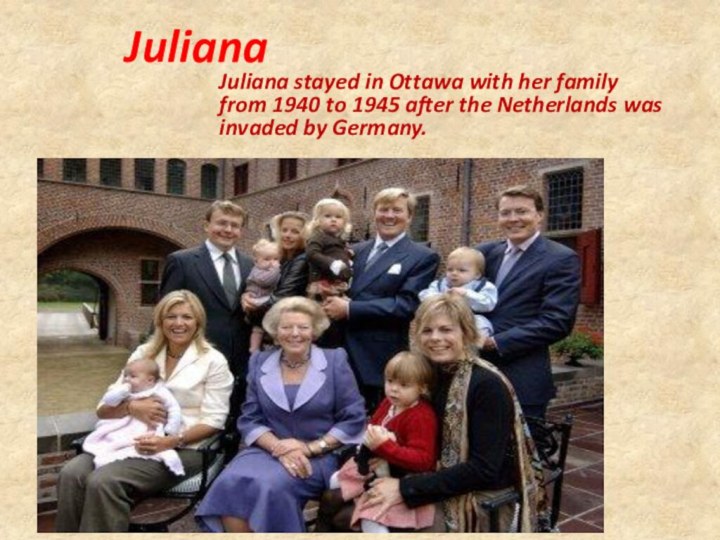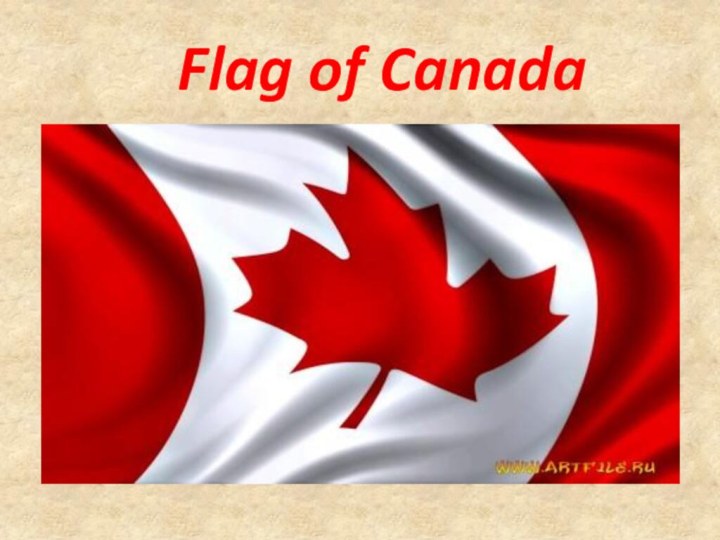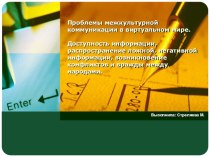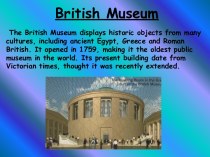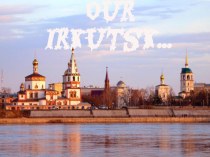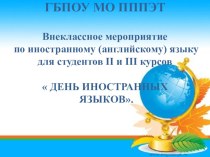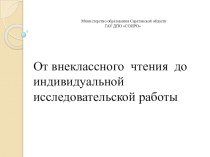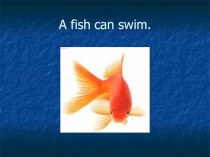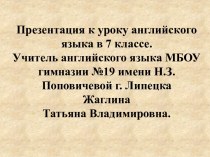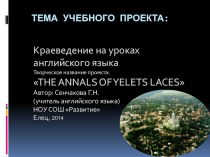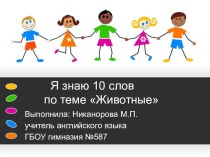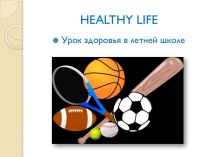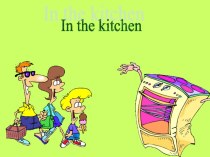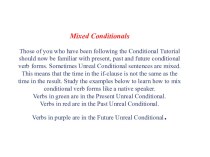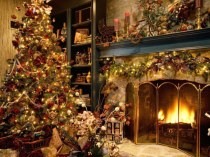- Главная
- Разное
- Бизнес и предпринимательство
- Образование
- Развлечения
- Государство
- Спорт
- Графика
- Культурология
- Еда и кулинария
- Лингвистика
- Религиоведение
- Черчение
- Физкультура
- ИЗО
- Психология
- Социология
- Английский язык
- Астрономия
- Алгебра
- Биология
- География
- Геометрия
- Детские презентации
- Информатика
- История
- Литература
- Маркетинг
- Математика
- Медицина
- Менеджмент
- Музыка
- МХК
- Немецкий язык
- ОБЖ
- Обществознание
- Окружающий мир
- Педагогика
- Русский язык
- Технология
- Физика
- Философия
- Химия
- Шаблоны, картинки для презентаций
- Экология
- Экономика
- Юриспруденция
Что такое findslide.org?
FindSlide.org - это сайт презентаций, докладов, шаблонов в формате PowerPoint.
Обратная связь
Email: Нажмите что бы посмотреть
Презентация на тему по английскому языку на тему Англоговорящие страны
Содержание
- 2. CanadaCanada is situated in the
- 3. Area of CanadaCanada has
- 4. OceansIts western coast is washed
- 5. TerritoryThe country is very big and
- 6. Types of land It
- 7. IslandsThere are many islands in the North of the country. The best known island is Victoria.
- 8. MountainsThe Rocky Mountains and the Coast Mountains run along the Pacific coast.
- 9. MountainsThe Western Cordillera is famous for
- 10. WaterWater is everywhere in Canada.
- 11. LakesCanada is a country of lakes. It has seven of the world’s largest lakes.
- 12. LakesThe province of Ontario alone
- 13. Independent federative stateCanada is an independent
- 14. Provinces and territoriesCanada consists of ten provinces and two territories.
- 15. ForestsCanada is very rich
- 16. Natural resourcesIt is rich in the
- 17. IndustryCanadian industries produce cars, airliners, locomotives, sea vessels, snow-removal machines, and agricultural equipment.
- 18. IndustryThe most developed industries are timber, mining, chemical, meat and milk and food industries.
- 19. AgricultureCanada grows wheat, barley, flax,
- 20. Official languagesOfficial languages of Canada are English
- 21. CanadaCanada is a founding member of the
- 22. OttawaThe capital of Canada
- 23. Historical and cultural buildings Many
- 24. Parliament BuildingsThe most important buildings
- 25. Tulip CityOttawa has been
- 26. TulipsQueen Juliana started sending 15,000
- 27. JulianaJuliana stayed in Ottawa with her family
- 28. Flag of Canada
- 29. Скачать презентацию
- 30. Похожие презентации
CanadaCanada is situated in the northern part of the continent of North America. It does not include Alaska.
